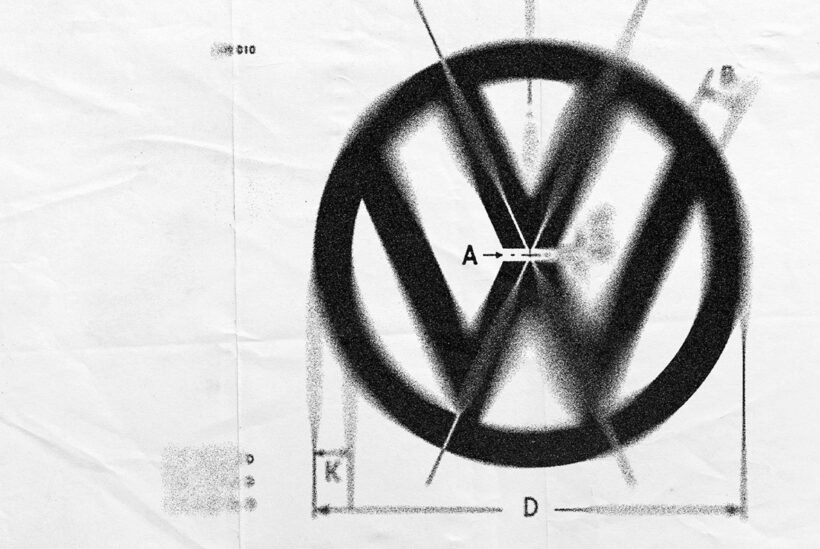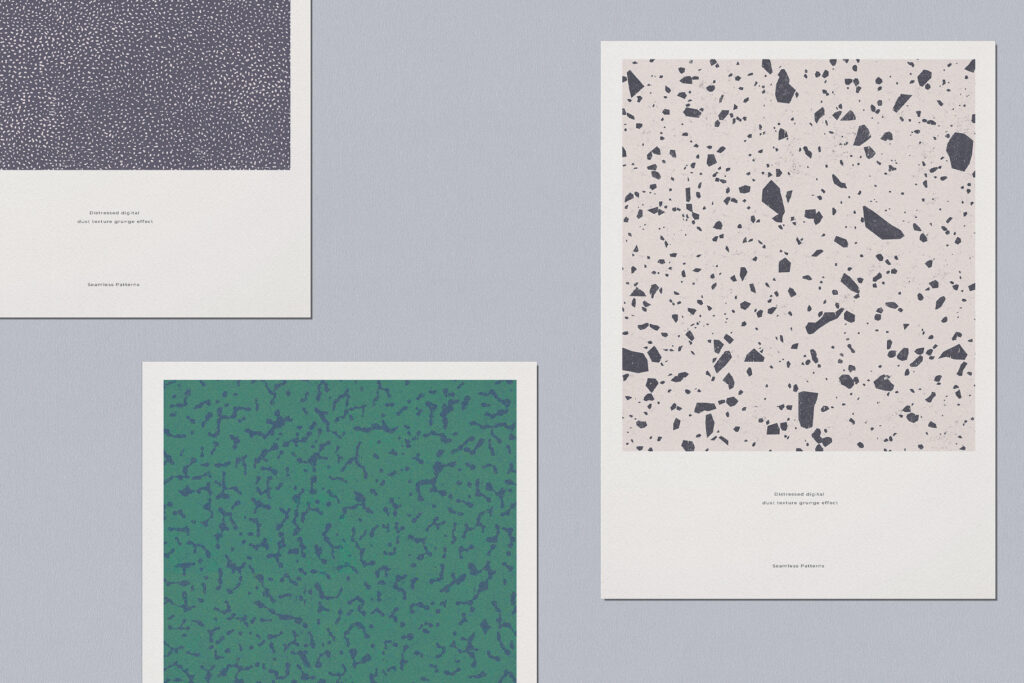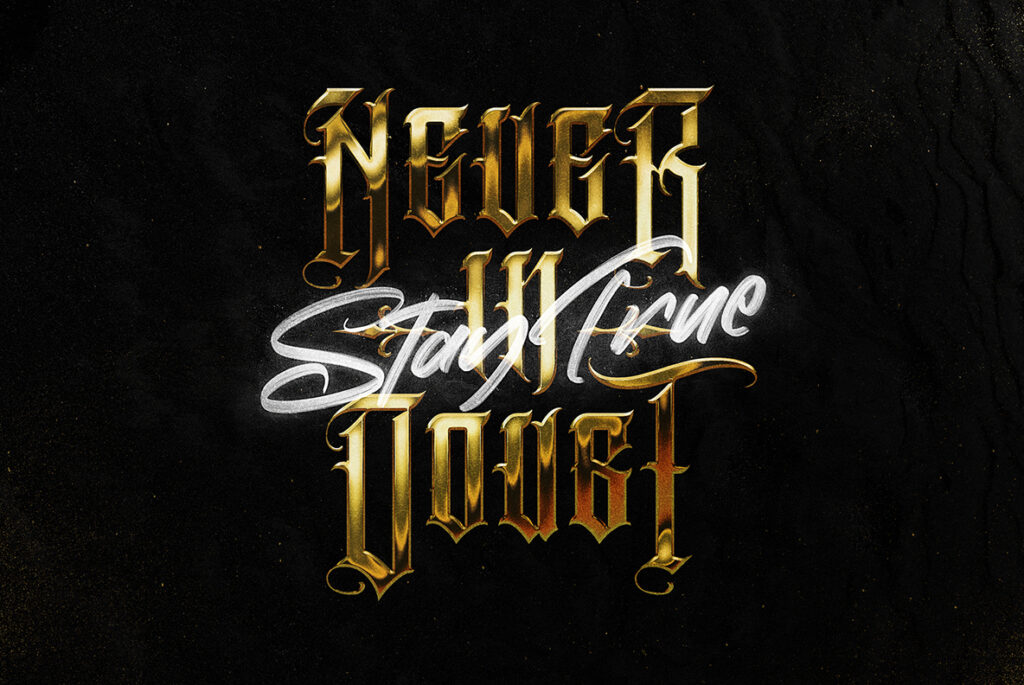Graphic design, as an evolving field of visual communication, relies heavily on elements and resources that enhance its ability to convey messages effectively. One such element that has proven indispensable is stock graphic textures. Textures, typical of human touch and interaction, are vital in making designs more appealing and realistic. Meticulously crafted and widely versatile, stock textures find application in virtually every design project, providing designers the flexibility and the creative freedom that custom designs might limit.
The Role of Graphic Textures in Design
Textures bring life to flat and dull images. They create an illusion of three-dimensionality, infusing depth and tactility into a 2D space. From the subtle hints of roughness on a brick wall to the delicate lines on a piece of parchment, textures evoke emotions, stimulate senses, and place designs within certain contexts and timeframes.
Whether in print or digital design, textures have the ability to attract the eyes, guide the focus, and influence the perception and experience of the content. They can make a design appear light, heavy, soft, hard, smooth, or rough. They can portray a rustic vintage feel, or a sleek modern look. Indeed, texture is a powerful aesthetic and communicative tool in design.
Stock Textures: A Valuable Asset for Any Design Project
Stock graphic textures are pre-made, high-quality textures that are readily available for use. They come in numerous forms and styles – from grunge, concrete, plastic, wood, fabric, and paper, to more abstract and unique textures. Because they are mass-produced, stock textures save designers the time and effort of creating their own textures, while still enabling them to achieve remarkable results.
Moreover, these texture packs, like those found at YouWorkForThem, are carefully curated to meet various design needs. They are typically high-resolution, making them suitable for large-scale applications, and can be easily adjusted in terms of color, contrast, and transparency to match any design aesthetic. Whether you’re creating a website, a poster, a brochure, a business card, or a social media post, stock textures offer an efficient and effective way to enrich your designs and bring your ideas to life.
The Evolution and Proliferation of Stock Graphic Textures
The use of textures in graphic design is as old as the field itself. From the tactile feel of letterpress printing in the 15th century, to the advent of digital design in the late 20th century, textures have played a central role in defining and transforming the landscape of design. With the rise of the internet, stock textures have quickly gained prominence, being accessible and affordable for a wide range of designers.
The importance of stock textures in today’s design world cannot be overstated. As design trends keep changing and clients’ needs evolving, being able to tap into a diverse and extensive library of stock textures not only allows designers to stay current and versatile, but also fosters innovation and creativity.
Stock textures have revolutionized the way designers approach their projects – by offering them unlimited possibilities to explore, experiment, and express their creative visions. They are no longer just incidental elements, but key components of visual storytelling and brand identity.
Stock textures are another way in which the design world ties itself to the tangibility and complexity of the real world. They bridge the gap between the physical and the digital, the tactile and the visual, the human and the machine. And with resources like YouWorkForThem, the world of stock textures is only becoming more diverse, more accessible, and more inspiring.
In the hands of a skilled designer, graphic textures can be transformative. They can turn a blank canvas into a piece of art, a generic template into a memorable design, a simple logo into a powerful brand. They can evoke the past, define the present, and shape the future of design. Indeed, stock textures are not just for any design project – they are for every design project.



